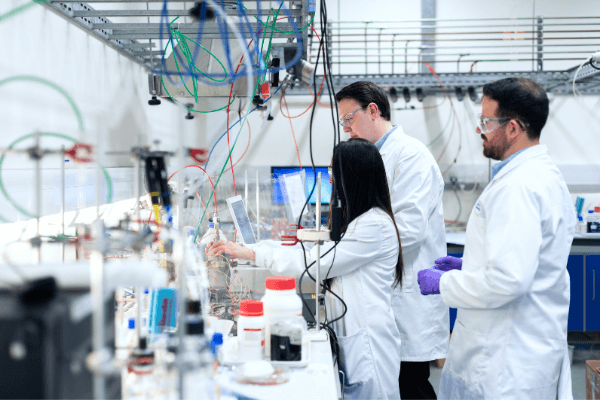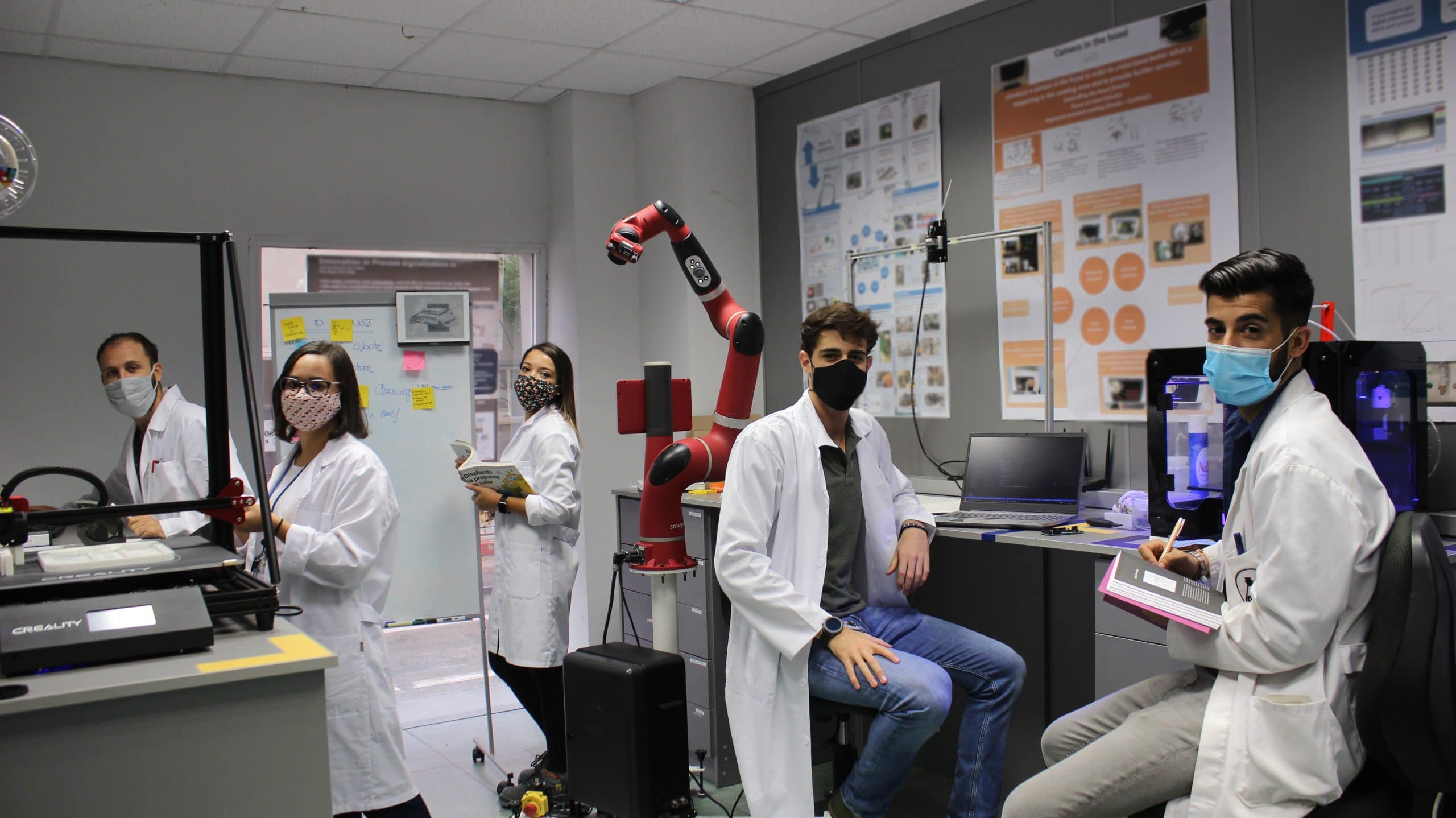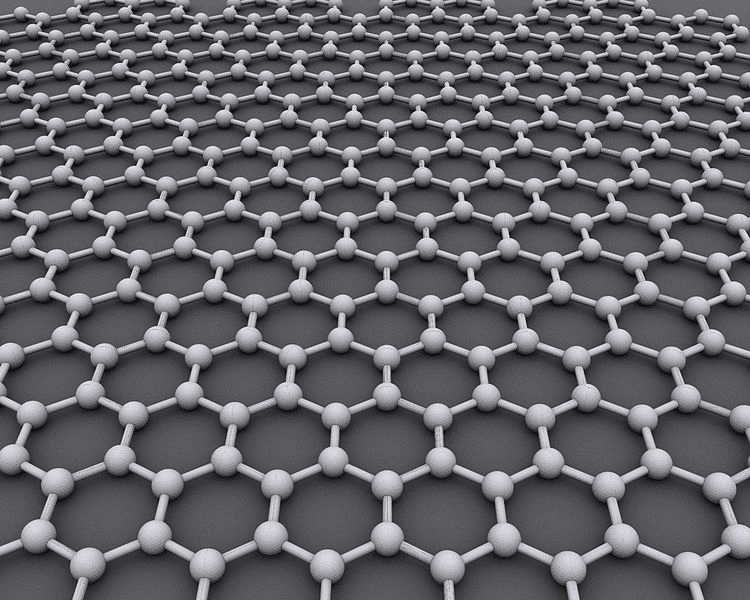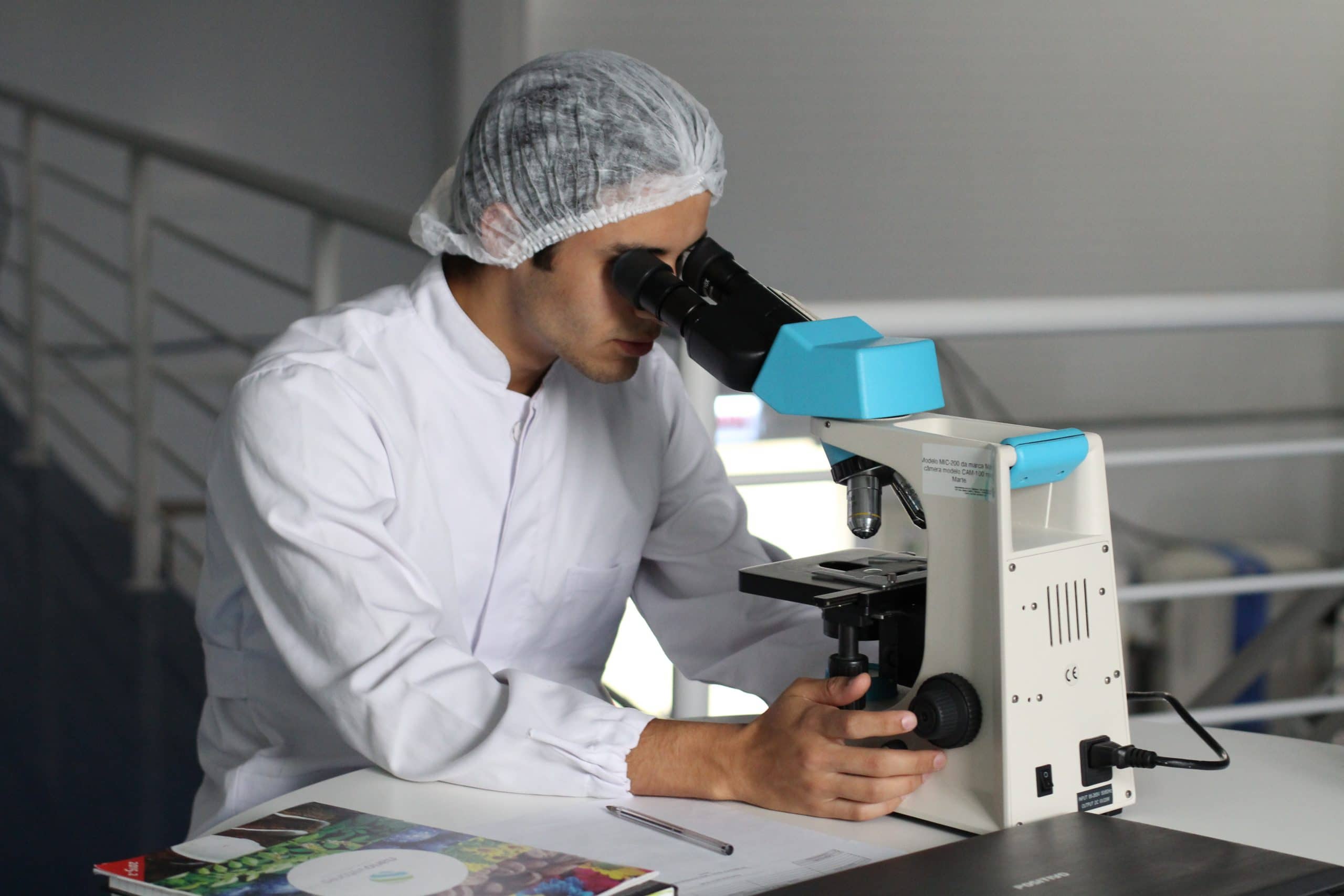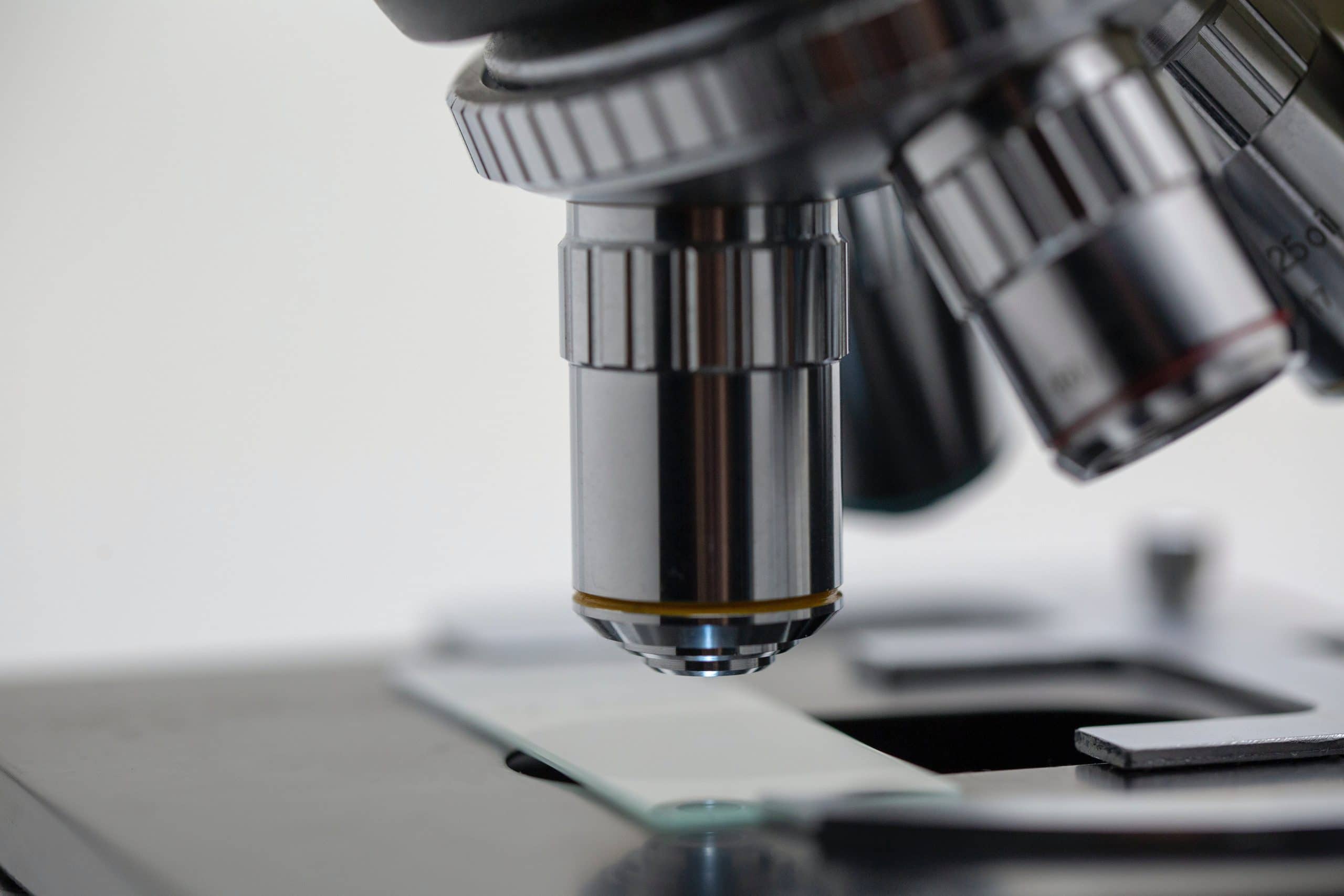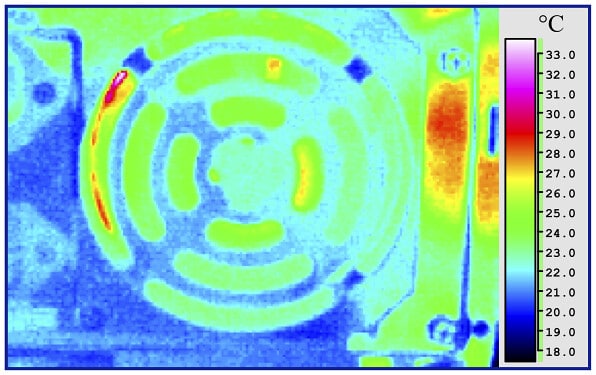TESTS OF HARDNESS OF MATERIALS
Hardness tests are one of the most used methods in the industry to determine the quality of materials such as metals. In this post we explain what these tests consist of, what are the most common types and how they are carried out in chemical laboratories. What are hardness tests? The tests or hardness tests



